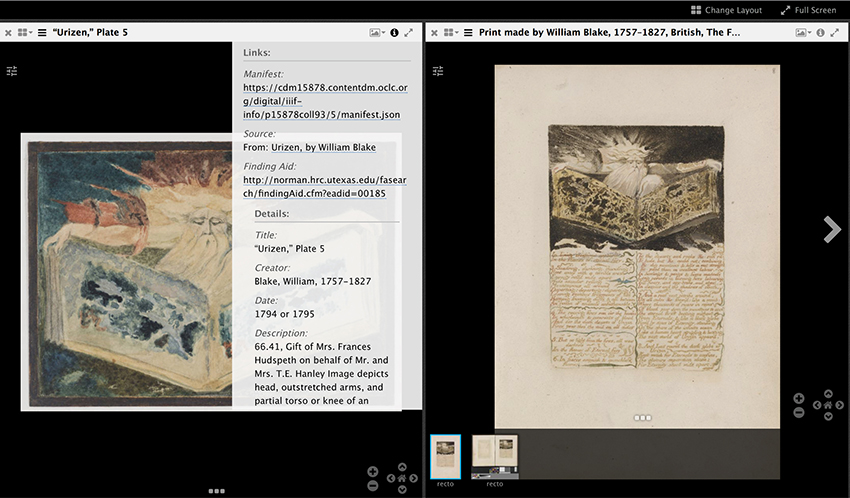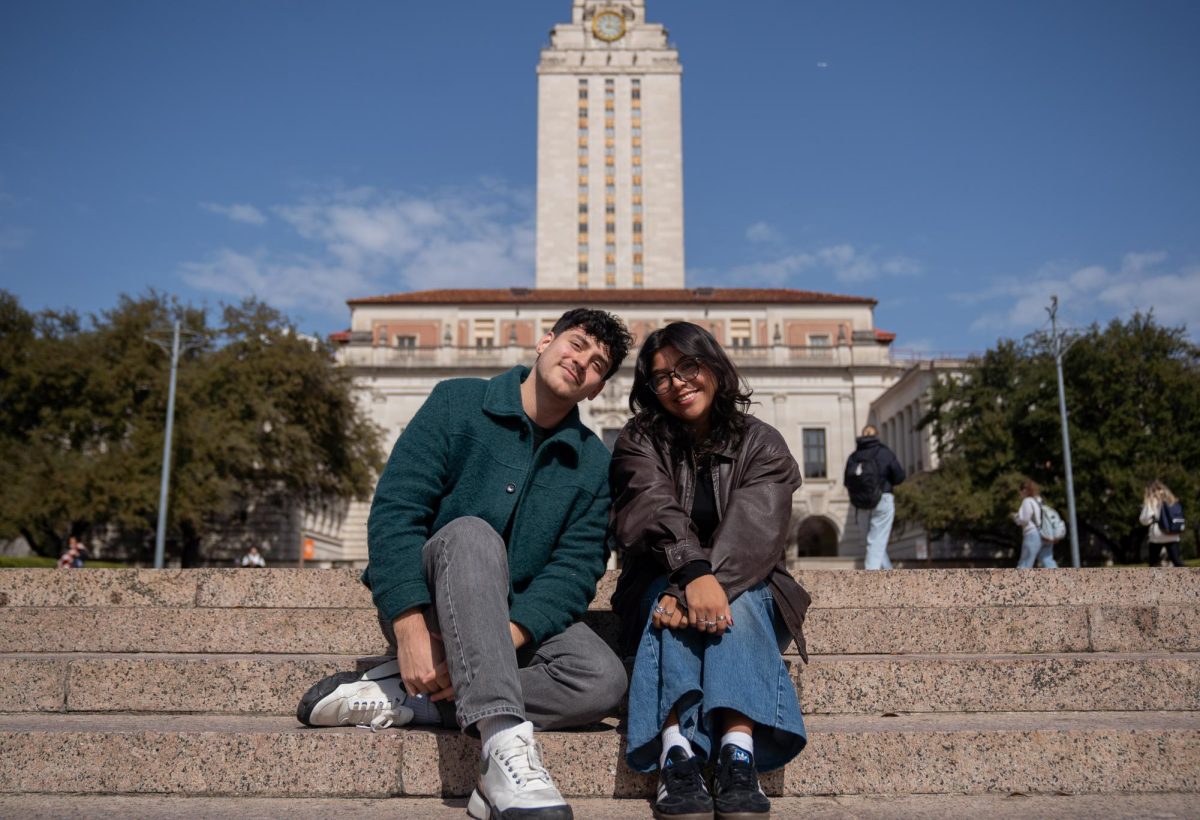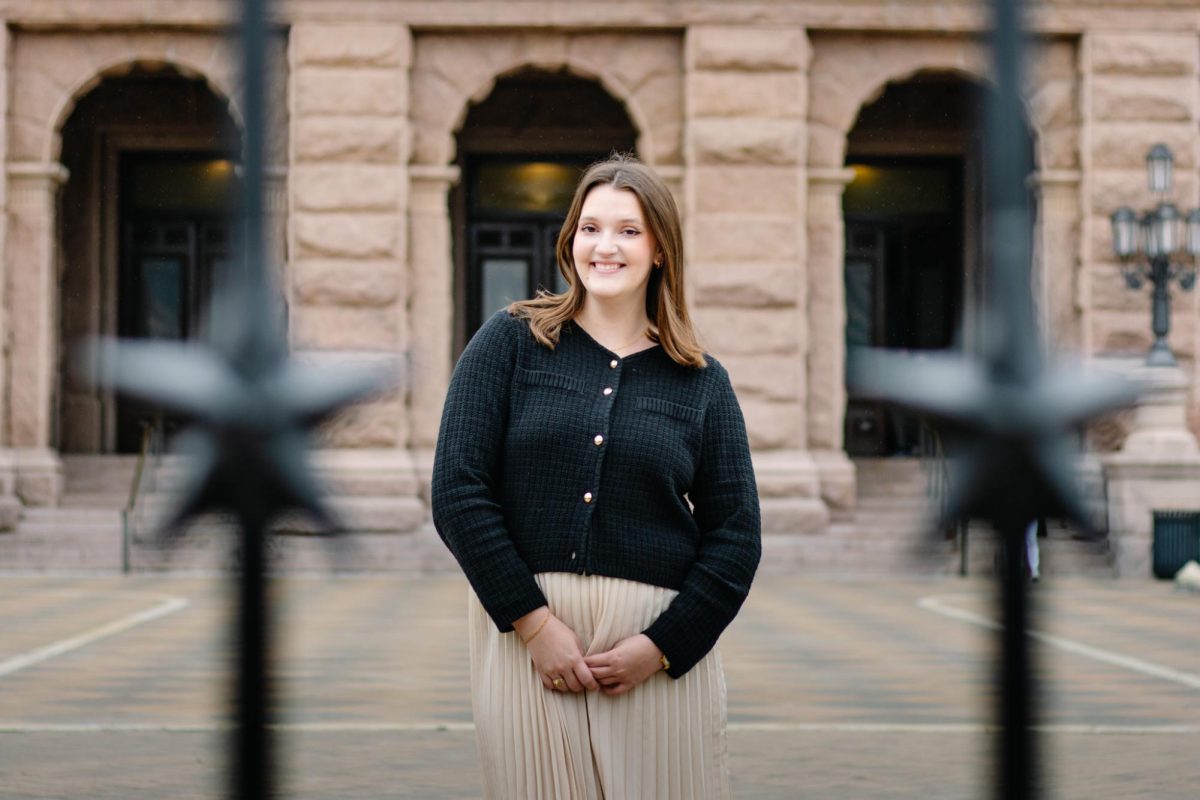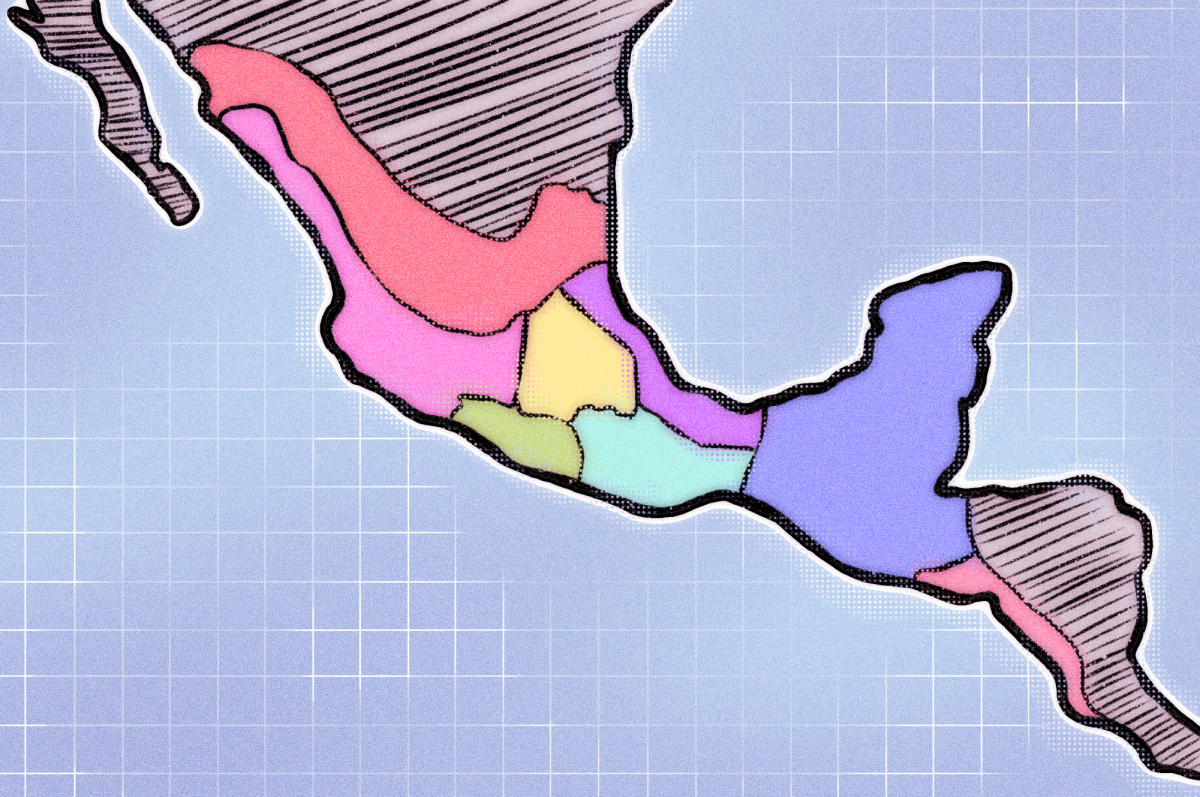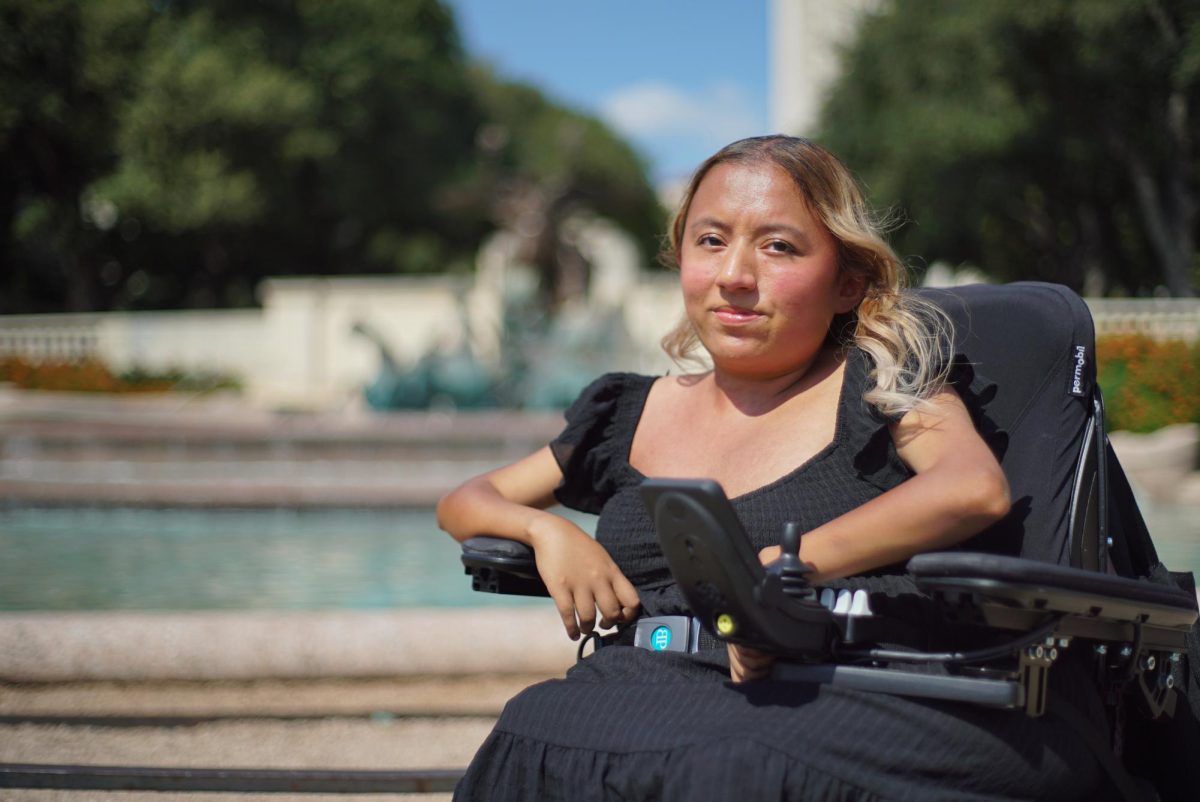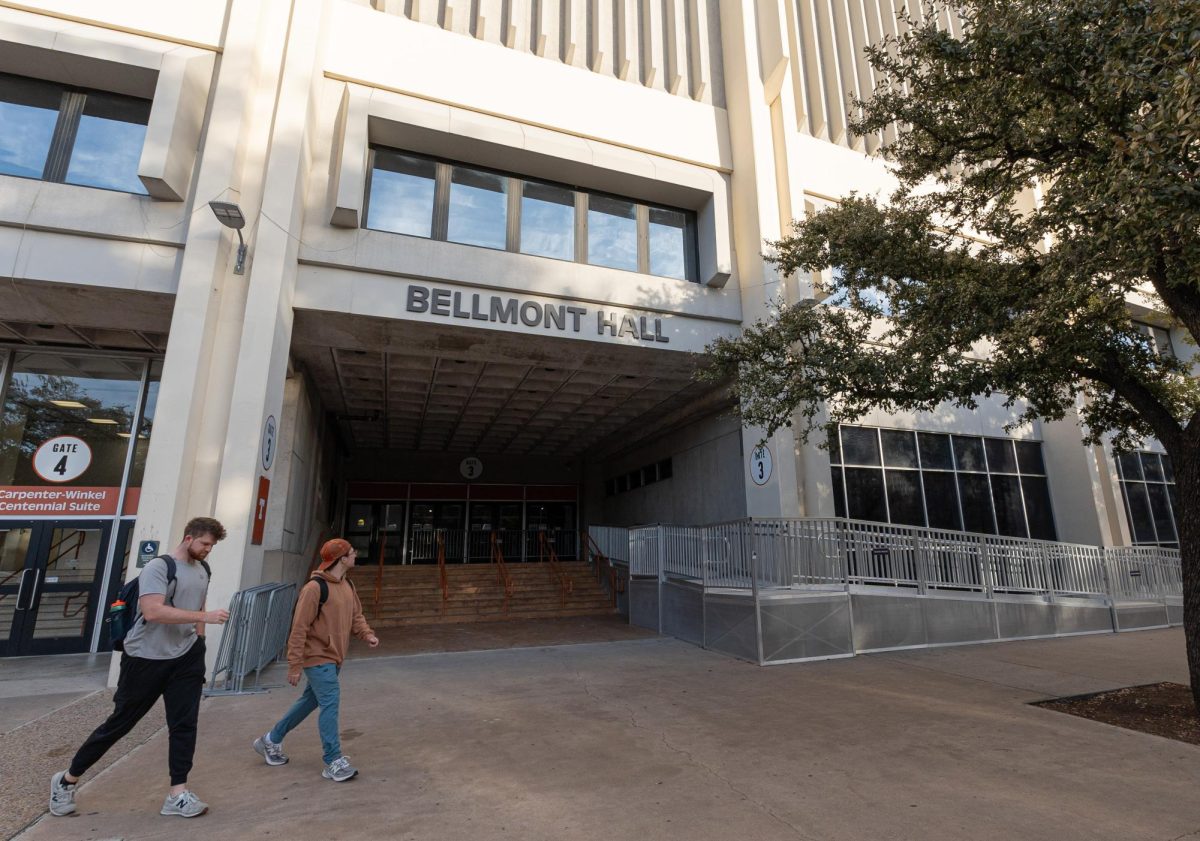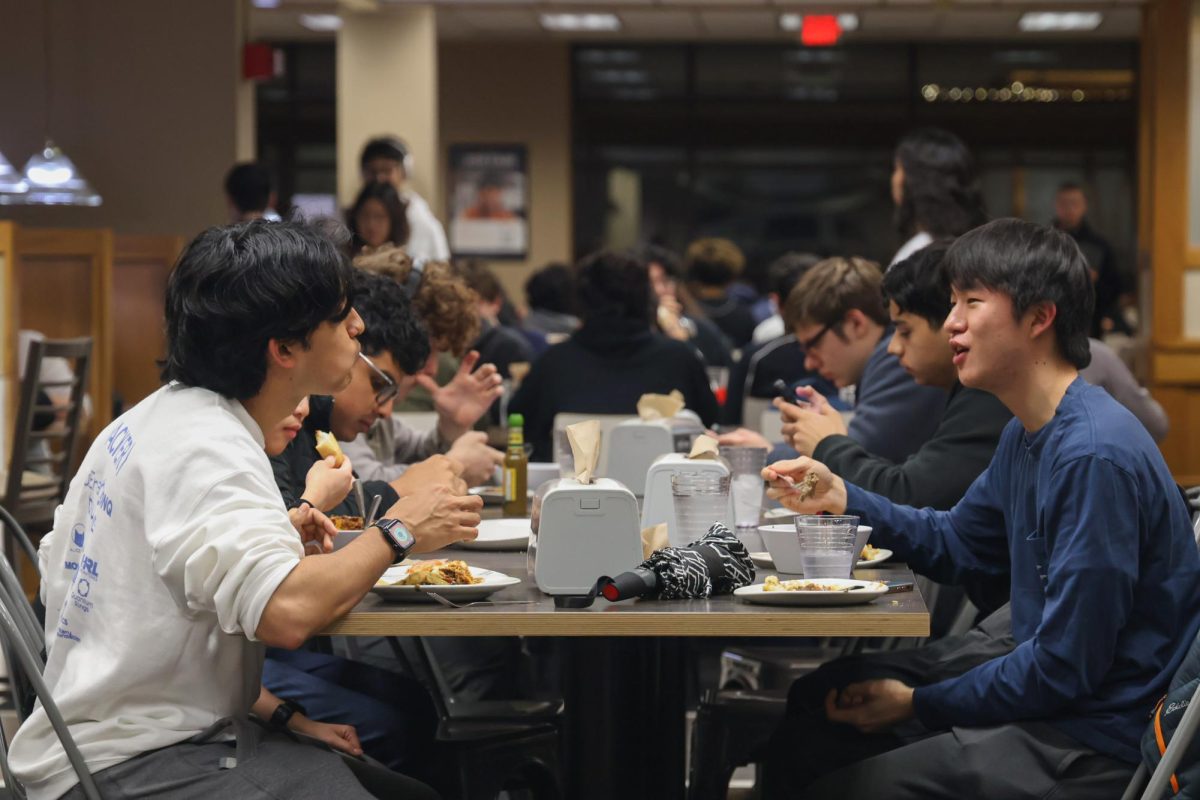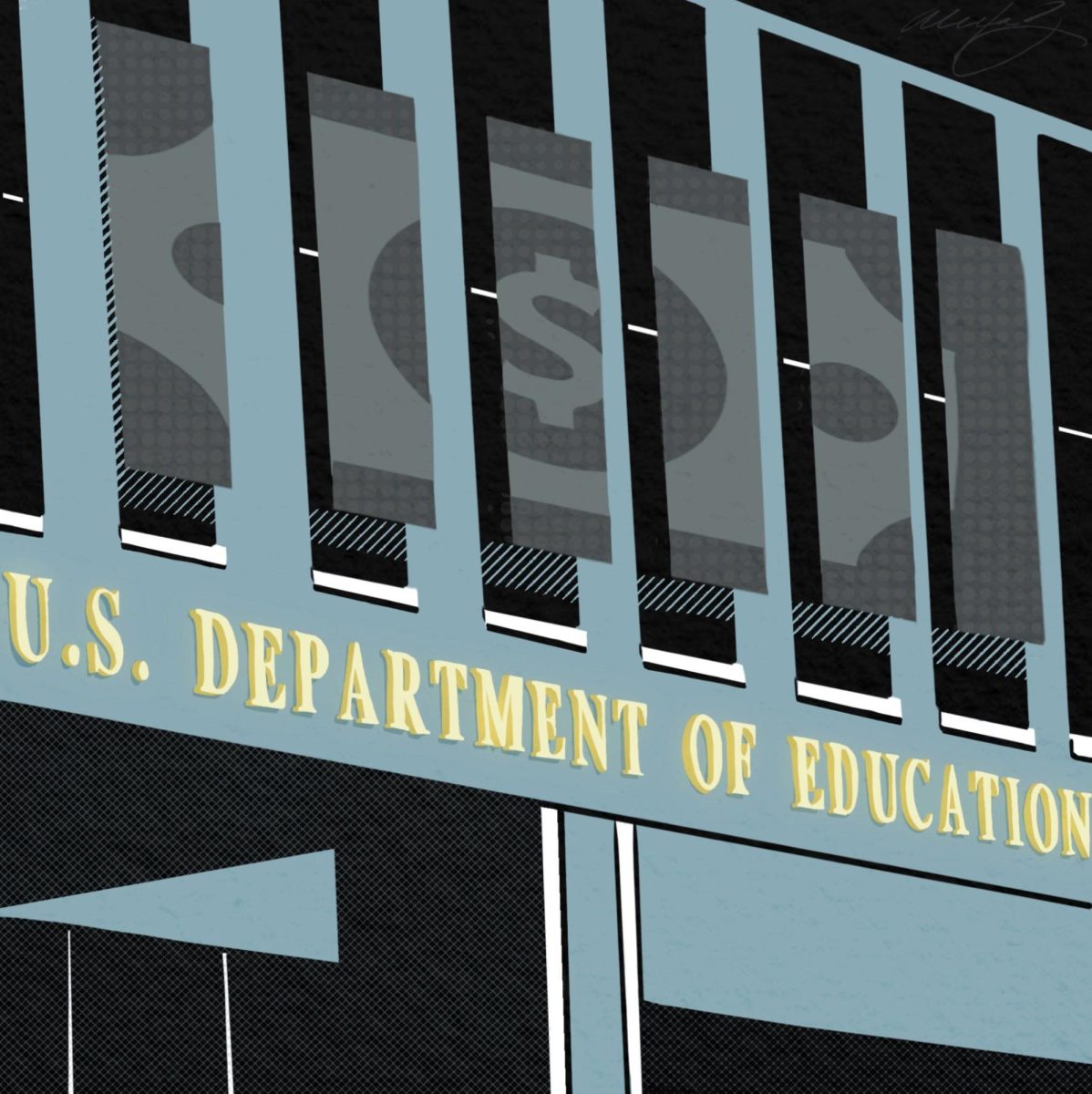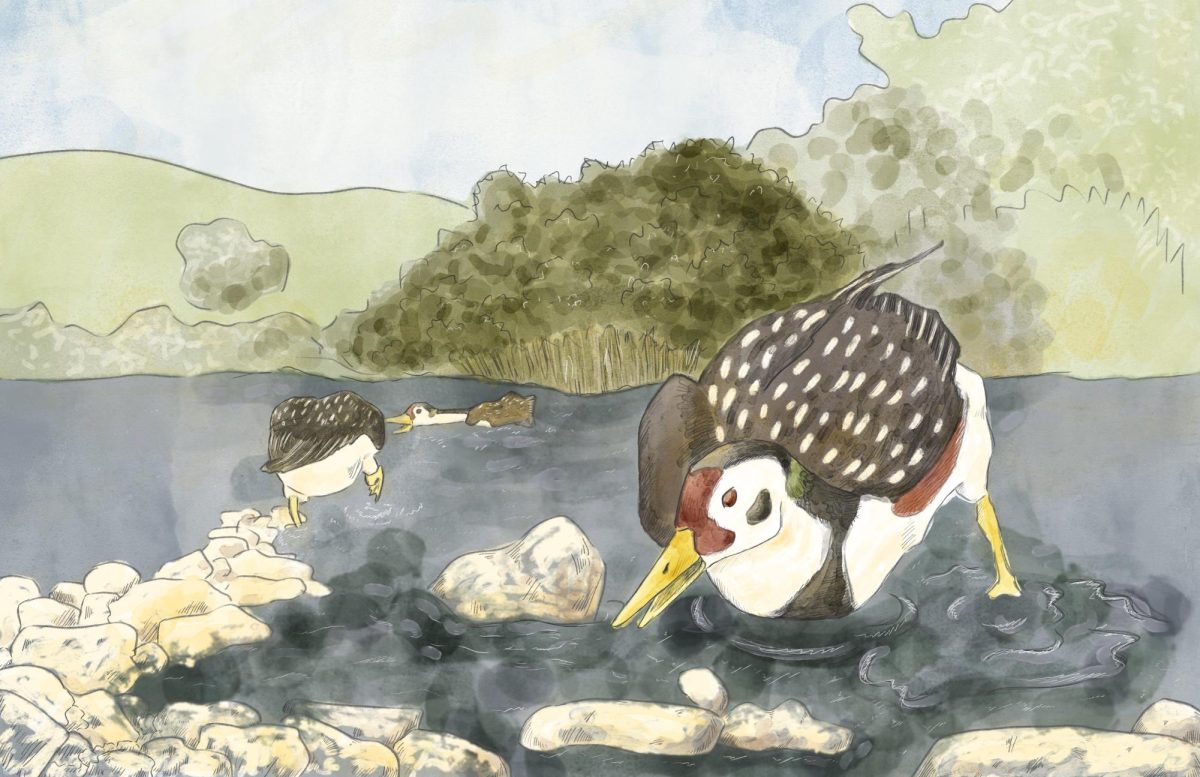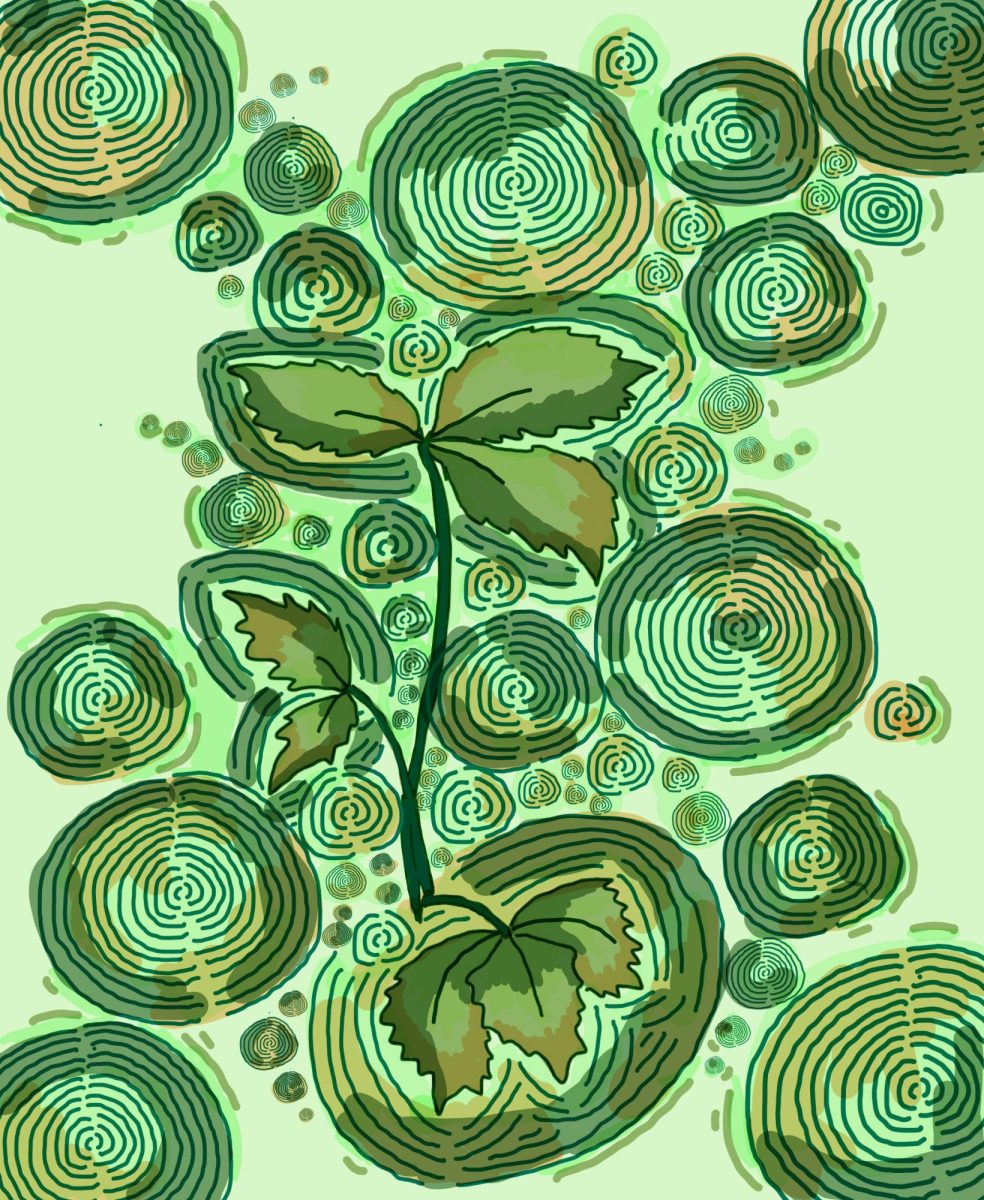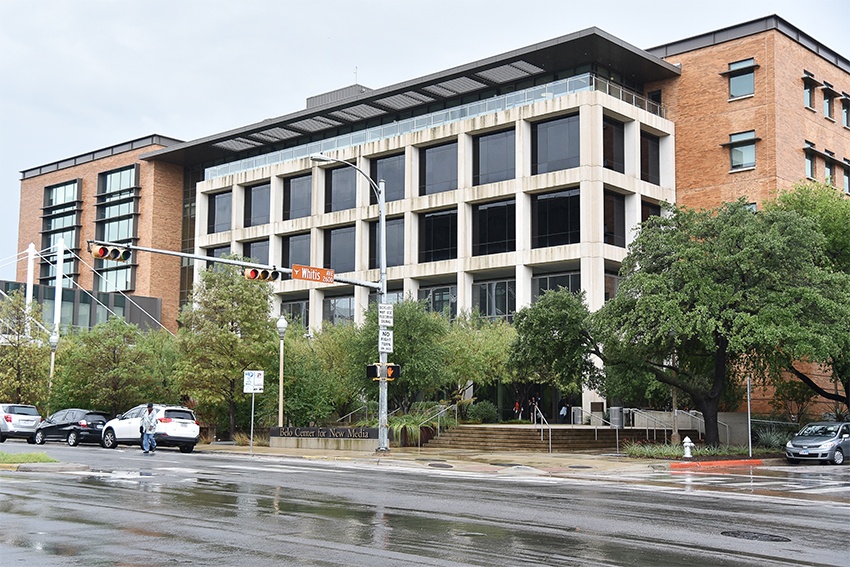Now anyone can view and interact with thousands of materials from the Harry Ransom Center without leaving the comfort of their couch.
The Center announced on Tuesday that more than 50,000 images will be available through a new online platform called the International Image Interoperability Framework, which is available for free to the public. The framework will allow anyone to engage with images and compare them side-by-side with other works from online archives from around the world.
“IIIF broadens the amount of content that you can have access to,” said Liz Gushee, head of digital collection services at the Harry Ransom Center. “This is a way that scholars or students can compare (materials) without having to travel to other locations.”
The system also utilizes Mirador, an image viewer that allows individuals to take a closer look at the museum’s materials, Gushee said.
“You are dealing with absolute deep zoom, so you can really drill down into that image to see really specific details,” Gushee said. “With paintings that would really help see brush strokes or technique, if something has teeny-tiny handwriting, it’s much easier to make that larger.”
The Center is the first museum on campus to utilize this technology but joins other archives around the world, such as the Getty Museum and the Yale Center for British Art. This stood out to Elon Lang, liberal arts lecturer, who often uses archival materials with his students.
“The great and exciting thing about this new platform is it brings the HRC in line with some of the major archives around the world,” Lang said. “This IIIF essentially puts us on par with the British library, with the Bibliothèque nationale in France.”
Galit Marmor-Lavie, advertising and public relations lecturer, incorporated Ransom Center materials into her advertising class and said transforming education through the digital world is important.
“It will be an opportunity to expose more students and educational figures to the Harry Ransom Center and the rich materials they offer over there,” Marmor-Lavie said.
Gushee said while only a fraction of the museum’s total contents can be seen right now, she thinks digitizing materials is the future.
“Institutions like the Ransom Center and the UT libraries … make a huge financial effort to put materials online and make them free for students not just at UT, but students and scholars internationally,” Gushee said. “Being able to implement technologies like this, that reinforces that. It’s exciting.”

